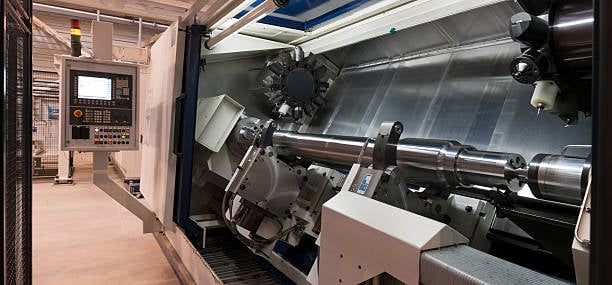The Fundamentals of Mold CNC Milling
Mold CNC milling is a cutting-edge manufacturing process that utilizes computer numerical control (CNC) technology to produce highly precise and intricate molds. This article will delve into the various aspects of mold CNC milling, including its benefits, applications, and the importance of precision in the process.
The Benefits of Mold CNC Milling
Mold CNC milling offers numerous advantages over traditional mold manufacturing techniques. With CNC technology, manufacturers can achieve unparalleled precision and accuracy, resulting in molds that perfectly replicate the desired design. Additionally, CNC machines enable faster production times, reduced labor costs, and increased efficiency compared to manual milling.
Applications of Mold CNC Milling
Mold CNC milling finds application in a wide range of industries, including automotive, aerospace, electronics, and consumer goods. It is particularly useful for producing complex molds used in injection molding, blow molding, and rotational molding processes. The ability to create intricate designs and fine details makes CNC milling ideal for manufacturing molds used in the production of medical devices, toys, and various other plastic and metal components.
The Importance of Precision in Mold CNC Milling
Precision is paramount in mold CNC milling as it directly affects the quality and functionality of the final product. The use of CNC machines ensures consistent accuracy, eliminating human errors that may occur in manual milling. The precise dimensions achieved through CNC milling guarantee a tight fit, reducing the risk of defects, such as flash, warping, or improper part assembly. This level of precision is especially crucial in industries where product performance and reliability are critical factors.
Materials Used in Mold CNC Milling
Mold CNC milling can be performed on a variety of materials, depending on the specific requirements of the mold. Common materials used include metals such as aluminum, steel, and titanium, as well as engineering plastics like ABS, polycarbonate, and nylon. The choice of material depends on factors such as the desired mold lifespan, production volume, and the characteristics of the end product.
The CNC Milling Process for Mold Manufacturing
The mold CNC milling process begins with the creation of a digital 3D model using computer-aided design (CAD) software. The CAD model is then converted into a CNC program that guides the machine's movements. During milling, the CNC machine removes excess material from a solid block to shape the mold according to the CAD design. This subtractive manufacturing process involves precise cutting, drilling, and contouring to achieve the desired mold geometry.
The Role of CNC Software in Mold CNC Milling
CNC software plays a crucial role in mold CNC milling, as it translates the CAD model into machine-readable instructions. The software determines the toolpaths, cutting speeds, and feed rates, optimizing the milling process for efficiency and accuracy. Advanced software packages allow for complex machining strategies, such as 5-axis milling, which enables the creation of molds with intricate geometries and undercuts.
Quality Control in Mold CNC Milling
Ensuring the quality of the molds produced through CNC milling is essential to prevent defects and maintain consistency. Quality control processes may include the use of precision measuring instruments, such as coordinate measuring machines (CMMs), to verify the dimensional accuracy of the molds. Additionally, regular maintenance and calibration of CNC machines are necessary to uphold the highest standards of precision and performance.
The Future of Mold CNC Milling
Mold CNC milling continues to evolve with advancements in technology. The integration of artificial intelligence and machine learning algorithms into CNC systems allows for enhanced automation, improved process optimization, and reduced cycle times. Furthermore, the development of additive manufacturing techniques, such as hybrid CNC milling and 3D printing, holds great potential for the production of complex molds with reduced lead times and material waste.
Conclusion
Mold CNC milling revolutionizes the mold manufacturing industry by providing unparalleled precision, efficiency, and versatility. Its benefits extend to a wide range of applications, from automotive and aerospace to electronics and consumer goods. As technology continues to advance, the future of mold CNC milling looks promising, with further improvements in automation, optimization, and integration with additive manufacturing processes.

